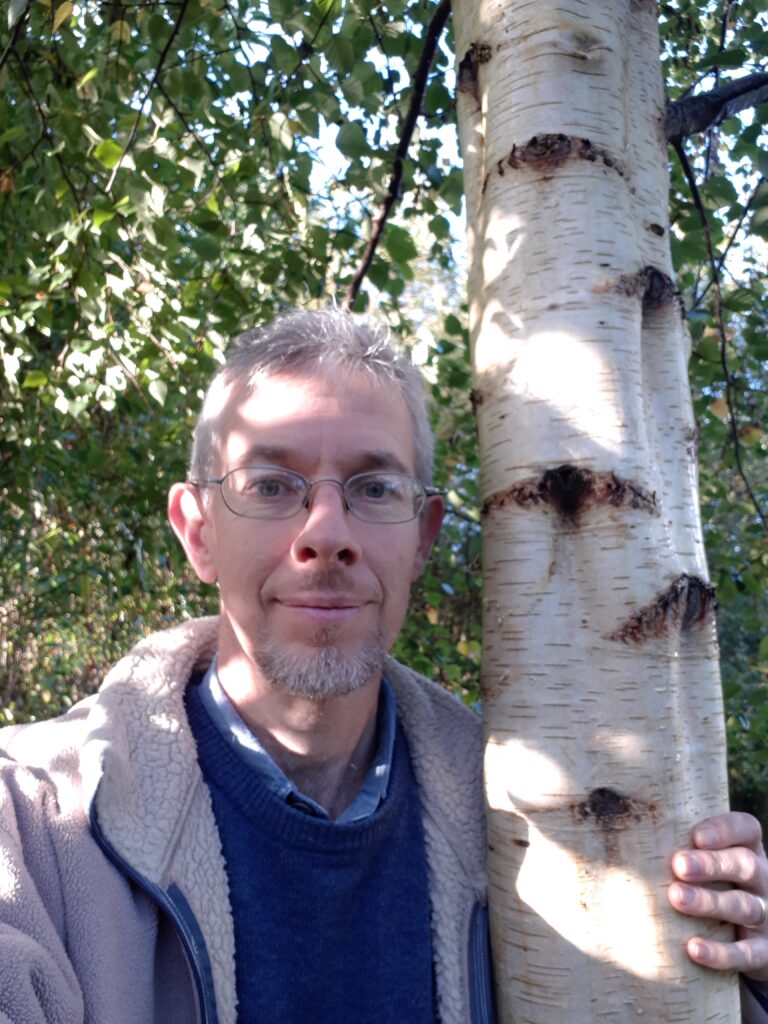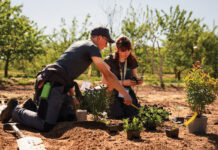Féidhlim Harty on the importance of good watershed management.
Imagine a golden eagle floating on a rising thermal, high over the hills of Connemara. The majestic bird is just a distant outline against the sky. Now shift your viewpoint to that of the eagle. Gaze down at the broad open landscape below. See the ribbon of a stream meandering through green fields. Higher in the hills small rivulets catch the sun, awash with a fresh flow after recent rain. Ponds and marshy pools sit in deep peaty colours lower down the valley. The sea swell is a calm but constant movement further off. This is our watershed, our stream or river catchment, the land in a given basin bound by the top ridge of hills or high ground all around the outer perimeter, embracing the entire valley that nourishes the river or stream and extends down to meet the waves.
Over the hills and into the next valley we can see a new watershed, feeding a different watercourse. The whole landscape is thus divided into a tapestry of interlocking watersheds or catchments, each one with its own character, its own habitats, diverse species, and unique challenges.
So what are some of the challenges? The obvious ones are sewage pollution and farm runoff. Direct discharges from sewage treatment systems (or lack of) and diffuse pollution from percolation areas can carry nutrients, silt, and pathogenic microbes into the water. Cow dung and urine from farmyard runoff are contained, by law, to prevent direct runoff into adjacent open drains or streams. However, when slurry is spread on the land, rain can wash it into watercourses and dissolved nutrients can migrate down into the groundwater. Runoff from farm roads, “clean yards” without livestock, and fields can all carry a potential load of silt and nutrients, impacting the capacity of nearby rivers and streams to support a broad range of biodiversity.
There are wider issues too. Monoculture conifer plantations can shift the acidity levels in downstream waterways. Clear-felling can raise large amounts of silt that clogs spawning beds and river habitats. Urban development of roofs and paved areas speeds the flow of water off the land, leading to flood/drought cycles and pollution. Land drainage has a similar impact, as does the conversion of natural woodland and bogland habitat to farmed fields. All of these are clear signs of land-use practices that impact the health and biological resilience of the catchment and its capacity to maintain clean water for healthy wildlife and healthy people.
There is another side to land use and land management that is much less visible. It is within the soil. It is the soil itself. Healthy living soil is rich in humus. Humus is the carbon-rich structure that forms when living things break down into rich crumbly compost. Holding up to twenty times its weight in water, it provides both drainage in wet conditions and water retention in drier ones.
From a watershed management viewpoint, healthy soil is the hidden factor that influences pollution levels, filtration of rainfall en route through the landscape from the sky to sea, flooding, drought resilience, and as a consequence of these factors, the health of the whole river catchment. When land is ploughed or exposed to high levels of nitrogen fertiliser, soil carbon is released into the air and the humus breaks down. This leaves silty soil that can be easily washed away. Globally we lose soils at such a rate that some commentators believe we are counting down the number of total harvests left in our fields. Whatever the accuracy of predictions of 30 to 80 harvests, this isn’t exactly an endorsement of our capacity to survive or thrive as a species. Such predictions are all the more visible from this eagles-eye view of the Connemara uplands, as we see the glint of wet rocks after rain, a clear indicator of the erosion of upland soils in less than a century.
 For all the gloom, however, the solutions are remarkably straightforward. Soil can be protected by simply keeping it covered with growing plants or a layer of mulch. Nutrients can be applied within matured compost rather than as bagged nitrogen or slurry. Measures as simple as permanent pastures with a mixed sward of grass, clover, plantain, and other herbage can offer a suite of benefits, such as varied root depths and maximum variety above ground for livestock, and below ground for carbon sequestration, drought resilience, drainage, and soil health. We can easily add plentiful trees within the landscape, in hedges, along stream banks, in craggy corners, within the grazed lands, and as shelterbelts and green barns, or orchards, firewood stands, or willow plantations for sewage uptake and biomass production. Trees help to protect the soil from heavy rain and encourage infiltration into the ground below, as well as capturing carbon and supporting wildlife in abundance.
For all the gloom, however, the solutions are remarkably straightforward. Soil can be protected by simply keeping it covered with growing plants or a layer of mulch. Nutrients can be applied within matured compost rather than as bagged nitrogen or slurry. Measures as simple as permanent pastures with a mixed sward of grass, clover, plantain, and other herbage can offer a suite of benefits, such as varied root depths and maximum variety above ground for livestock, and below ground for carbon sequestration, drought resilience, drainage, and soil health. We can easily add plentiful trees within the landscape, in hedges, along stream banks, in craggy corners, within the grazed lands, and as shelterbelts and green barns, or orchards, firewood stands, or willow plantations for sewage uptake and biomass production. Trees help to protect the soil from heavy rain and encourage infiltration into the ground below, as well as capturing carbon and supporting wildlife in abundance.
Other ways to protect and enhance our catchments are to leave bogs, pools, and wetlands to their own devices, free from farming pressures. Fortunately, grant structures are slowly moving in this direction, allowing farmers to protect natural habitats and water quality at the same time, without being penalised by single farm payment structures. If all our drains and streams had a 5-10 meter buffer zone on either side, fully grant-aided, the benefit for water quality, flood prevention, and biodiversity would be huge. It’s an easy measure that, with a stroke of a pen, could dramatically shift how we prioritise waterways.
From your eagle-eye vantage point, high over the Connemara hills, you have a certain independence to pick and choose which catchment to visit and feed in. Consider those species without such freedom of movement. Salmon will return each year to the same river to breed, loyal to their own river catchment and subject to the rise and fall of fortunes in land use and water quality there. Human settlements have their networks of water supplies, all essentially fixed and permanent in a given watershed, and subject to the same whims of land use management and impacts on water quality.
From this eagle height, it’s easy to pick out what works and what doesn’t. The swift appearance and disappearance of mountain streams with each passing shower indicate the degree to which soil and trees are absent. Below woodland pockets and wide scrubby river margins, the water flows pure and clear, while silt clouds the water beside ploughed land and below towns and villages. The colour of the water at the point where the river meets the sea changes from one catchment to another. Generally the clearer the colour, the cleaner the water. Similarly, the more regular the flow, the healthier the river and the overall catchment hydrology.
Watershed management is as important and as relevant as the water that we drink when we turn on our tap. It is as easy (and as challenging) as taking care of every activity within the catchment that feeds that water supply. If we had an eagle’s eye view over our own catchment I wonder if we’d take more care and pay more attention to the water protection and filtration processes that natural landscapes, nature-based solutions, and careful planting can all provide.

Féidhlim Harty is an environmental consultant, |







